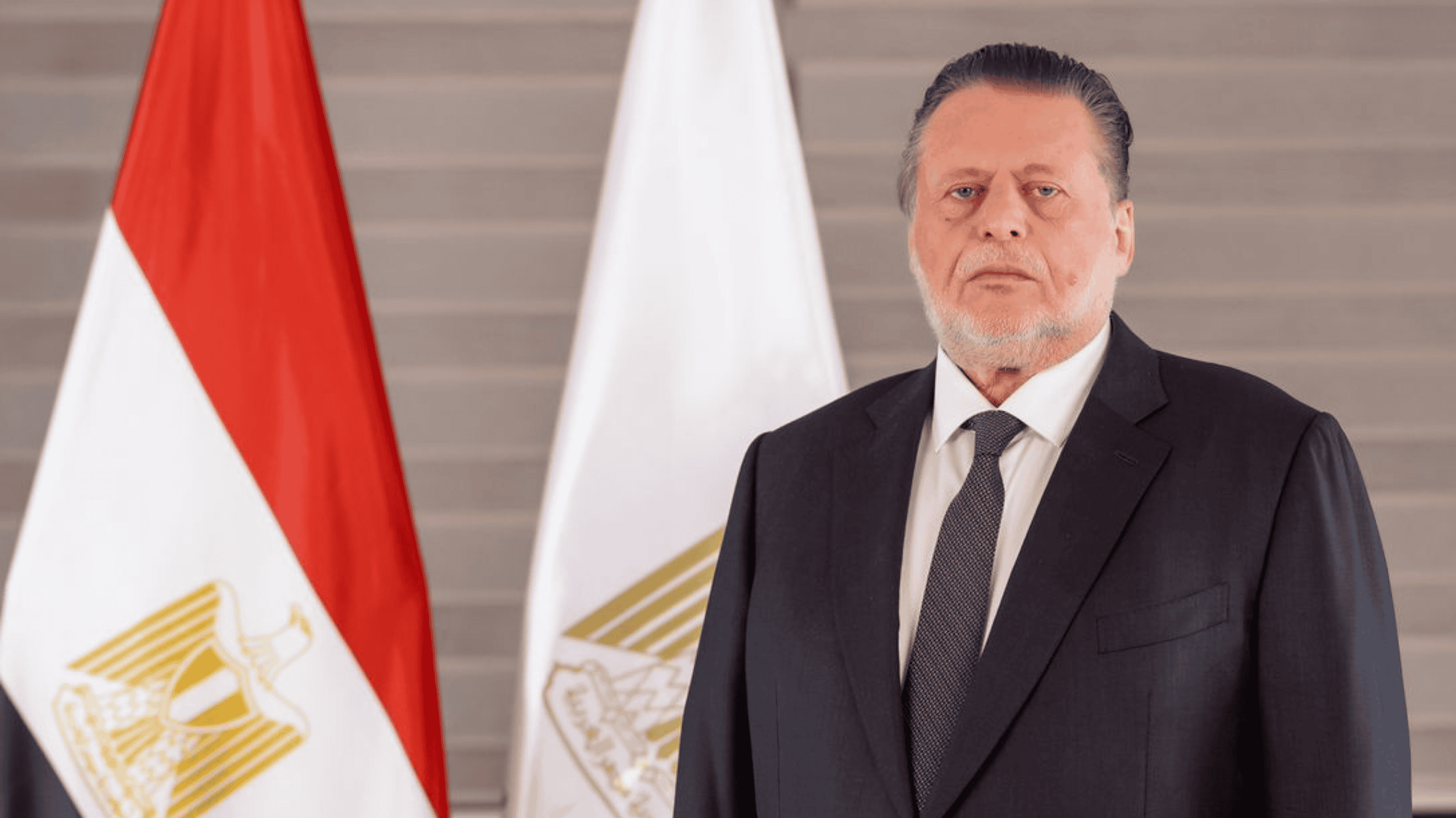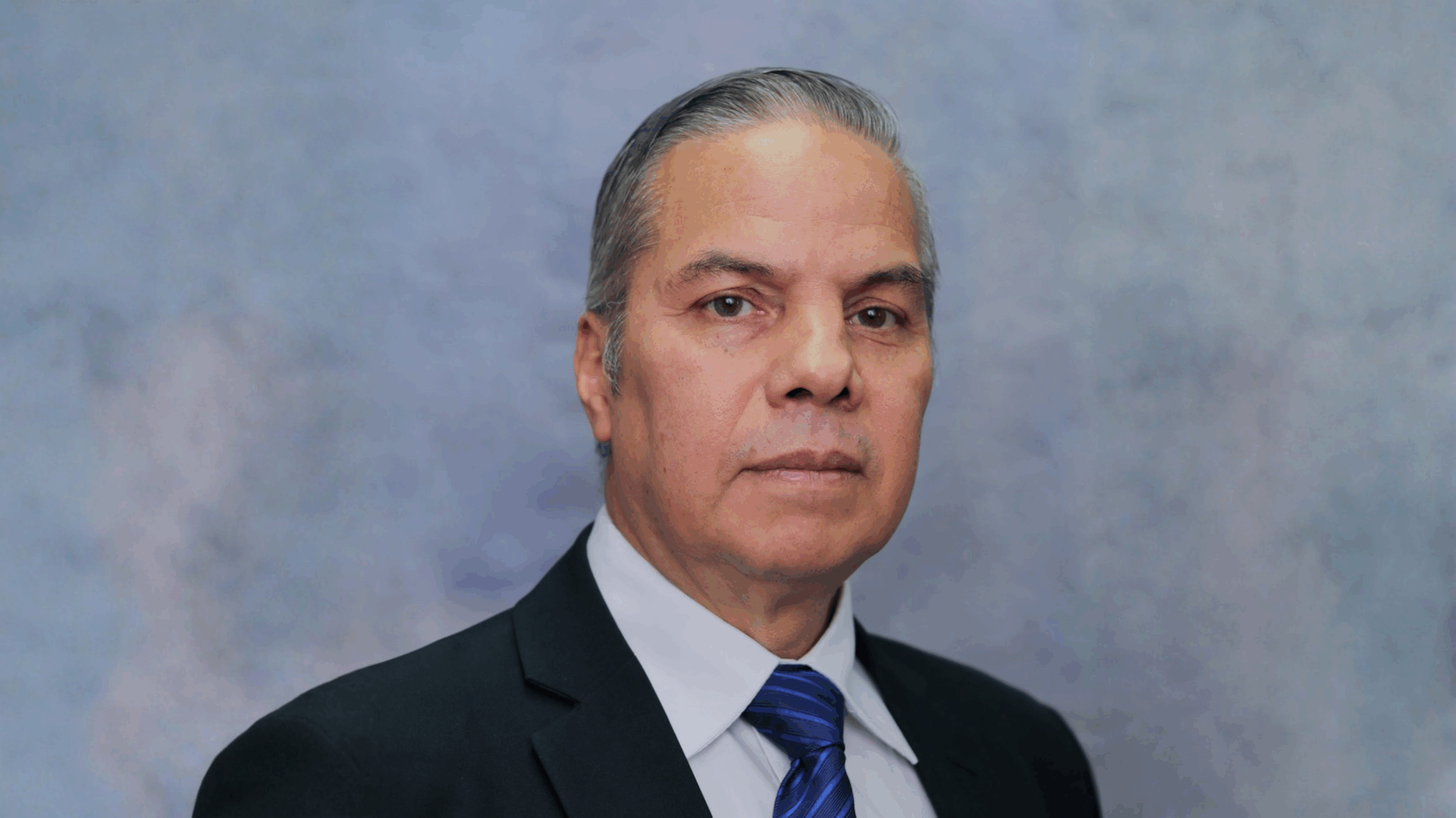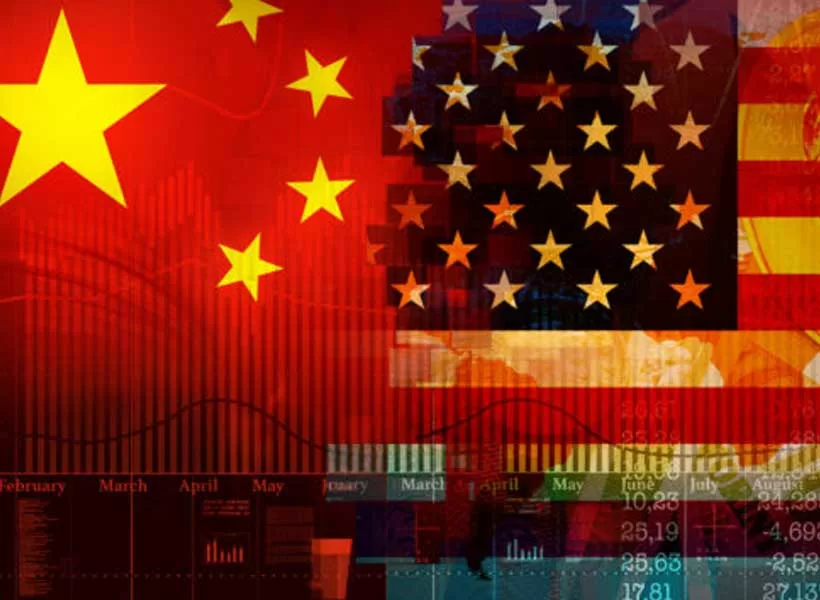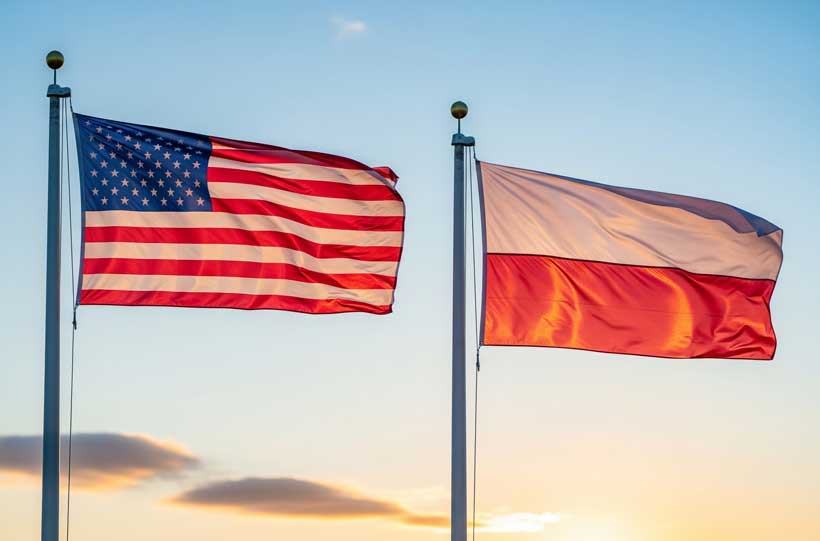At A Turning Point, Stability Restored
Hassan Abdalla, governor of the Central Bank of Egypt, speaks to Global Finance about attracting more investors and about the bank’s next steps.
Global Finance: What have been the key economic challenges over the past two years?
Hassan Abdalla: On the international front, we had to navigate an unprecedented surge in global commodity prices, which put pressure on domestic prices and strained fiscal positions. At the same time, major central banks raised interest rates by more than 500 basis points leading to capital outflows from emerging markets. On top of that came the heightened geopolitical tensions. The Red Sea attacks significantly reduced our Suez Canal revenues, placing additional pressure on our foreign currency (FX) sources.
Domestically, inflation surged to multi-decade highs, peaking above 35% in 2023 driven by currency depreciation and imported commodity inflation. The currency itself also came under pressure. Successive devaluations between 2022 and 2024 created FX volatility, constrained imports, and caused bottlenecks for industry.
Uncertainty over policies and delayed structural reforms further weighed on confidence. The Central Bank had to act. To rein in inflation, we pursued strong monetary tightening, raising rates by a cumulative 1,900 basis points between 2022 and 2024. And in March 2024, the unification of the exchange rate brought back much-needed transparency in the FX market, channeling resources back into the official system.
GF: The CBE floated the currency in March 2024—has this policy shift delivered the intended results and what are the next steps?
Abdalla: The unification of the exchange rate was a turning point for Egypt’s economy. It was a bold but necessary step. The flexible FX rate acted as a shock absorber, enabling real-time adjustment to external pressures in a volatile environment. The move brought clarity to the FX market, eliminated distortions, cleared import backlogs, and allowed for more efficient allocation of foreign currency, restoring confidence domestically and internationally.
The effects were immediate. By mid-2024, we started reaping the fruits of our actions. Inflation fell to 25.7%, and to 12% by August 2025, giving us space to commence on our cycle, slashing rates by a cumulative 525 basis points since April 2025, without compromising financial stability. Banks remained resilient, and international reserves reached record levels, strengthened by new long-term inflows and large-scale investment commitments, improving both quantity and quality of external buffers.
These inflows contributed to a narrowing of the current account deficit to $13.2 billion in the first nine months of the fiscal year 2024/2025, down from $17.1 billion the year before. This was mainly driven by the surge in remittances, one of Egypt’s largest sources of FX, increasing by 82% to $26.4 billion during the same period. Foreign participation in local debt markets resumed as inflation eased and real rates turned positive, reinforcing external liquidity and investor trust. Net international reserves reached a record $49.25 billion, covering 6.5 months of imports.
Looking ahead, the focus is on maintaining exchange rate flexibility and developing deeper, more liquid FX markets to strengthen economic resilience. And with inflation easing, expectations being anchored and confidence being restored, we could continue loosening our monetary policy using our data-driven approach.
GF: How can the CBE support efforts to make Egypt more attractive to investors?
Abdalla: At the most basic level, we aim to ensure economic stability—containing inflation and providing a credible foreign exchange market that is liquid and transparent. I believe that one of the most valuable things we can offer as a central bank is clarity. Clear communication of policy decisions is key to building investor confidence, especially in a volatile global environment.
We also focus on developing deep financial markets, expanding local debt and equity instruments, broadening financial instruments and improving infrastructure. In parallel, we ensure our financial sector remains healthy and that credit flows efficiently to the real economy, particularly towards the private sector.
Another key element is the resilience of our external position. Egypt has recently secured significant long-term inflows through strategic partnerships and large-scale investment commitments. With new projects in the pipeline, this trend is expected to continue. Broader government initiatives, such as the privatization and sale-of-state-assets program, play a complementary role from a monetary perspective and present investment opportunities.
Looking ahead, we are also increasingly aligning our mandate with strategic themes ranging from ESG-linked finance, green transition and digital finance ecosystems.




